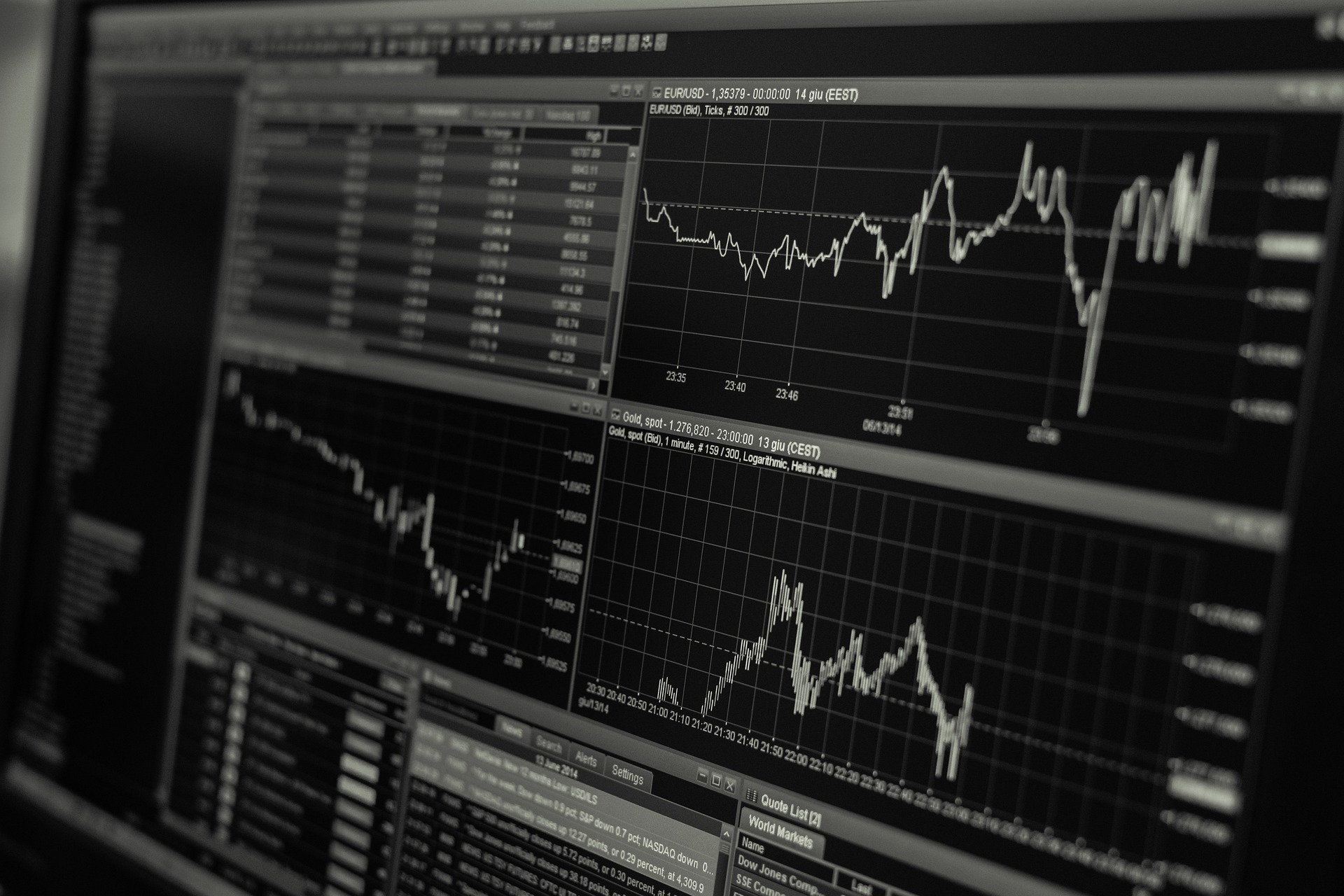With inflation still at its peak and consumer spending going strong, the Federal Reserve continues to raise interest rates aggressively. These measures will likely continue until inflation slows, making for an increasingly gloomy 2023 forecast. Meanwhile, energy and agriculture producers have leveraged their newfound pricing power as global shortages loom.
CoBank’s The Quarterly report highlights these issues in depth including:
One Big Thing
The Fed is struggling to tame inflation. It’s increased the Federal Funds rate by 300 basis points since March and will likely raise it again by 75 basis points in early November.
- Despite being the fastest rate hiking cycle ever, it has yet to slow inflation in any meaningful way.
Zoom Out: Political pressures in the 1960s and ’70s caused the Fed to lower rates before inflation was under control. The Fed is currently facing similar pressures, as critics claim further rate hikes will have catastrophic effects on the U.S. and global economies.
The Bottom Line: For inflation to slow, consumer and business demand must fall back in line with supply. Chair Powell will continue to raise rates until this occurs, likely resulting in at least a mild recession.
Uncertainty and Volatility for Commodities and Farm Supplies
The Point: The outlook for farm and ranch health in the short and medium term is…well…a mixed bag. Rising prices are offset by other economic factors.
Zoom In: A multitude of factors will continue to drive uncertainty in commodity and input prices, putting further pressure on ag producers in the U.S. and around the globe.
- The Russia/Ukraine conflict has continued to disrupt production and transportation in the Black Sea, while widespread drought throughout Europe, Asia, and the Americas threatens the global grain supply.
- Hurricane Ian’s impact on west-central Florida, the largest concentration of phosphorus fertilizer manufacturing in the U.S., further compounds worries about farm input availability.
By the Numbers: For the most part, grain prices, corn futures, and wheat futures finished higher in Q3, only offset by a 2% drop in soybeans. Corn and soybean export figures for the new crop year are up 13% compared to last year, and on-farm storage for grains, corn, and soybeans is above 2021 levels. Additionally, beef prices are 16% higher than 2021 and demand and slaughter numbers are high.
Between the Lines: Despite the risks and uncertainties, elevated commodity prices are providing opportunities for domestic producers. However, the cost and availability of inputs, like fertilizer and feed, remain a top concern.
Global and Local Stressors add to Future Unpredictability
What to Know: Water, power, and energy resources are scarce everywhere around the globe. Dry conditions, an ongoing COVID hangover in supply chains, and the Russia-Ukraine war all put basic resources in short supply.
Here at home, water remains a crucial issue, as enormous implications rest in the balance amid tense negotiations over water rights on the Colorado River. This means another tight year of allocations for growers as the western U.S. enters its third year of drought.
So What? With the Fed’s expected rate hikes and the midterm election just days away, 2022 will not go quietly. Inflation will likely lead to a recession, geopolitics will heavily influence food and energy supplies, and weather will continue to challenge commodity harvests. Buckle up, the year ahead will be an interesting one.




